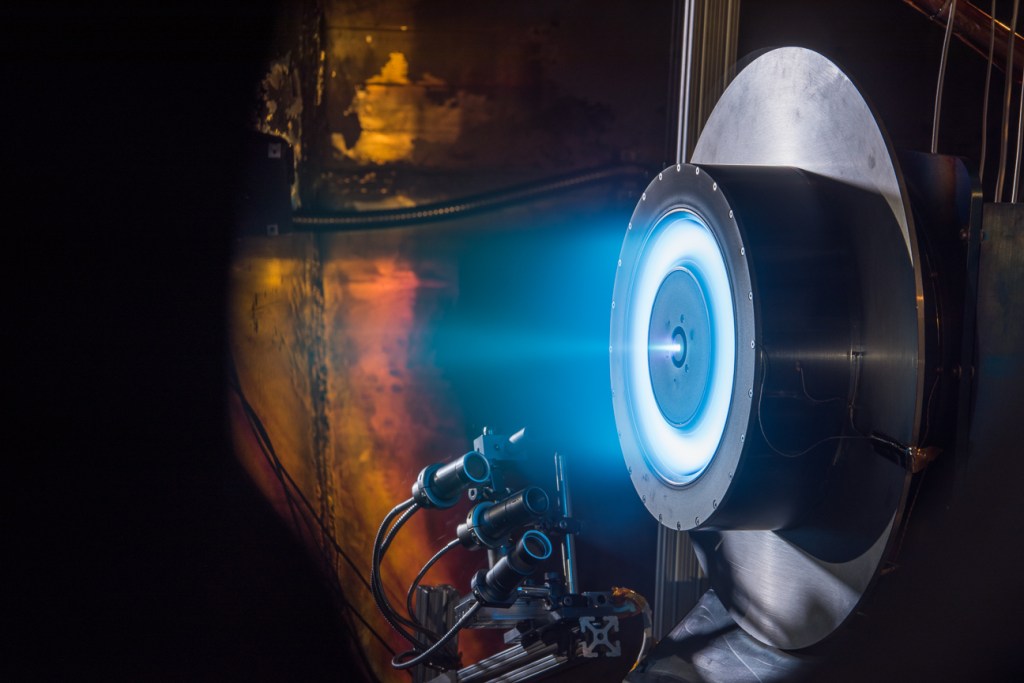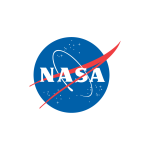Office of the Chief Engineer
The Office of the Chief Engineer (OCE) serves as the principal advisor to the Administrator and other senior officials on matters pertaining to the technical readiness and execution of NASA programs and projects. OCE provides guidance, oversight, and assessment for NASA engineering and ensures the continuity and application of critical knowledge throughout NASA’s engineering and program/project management workforce. The OCE ensures that NASA’s development efforts and mission operations are planned and conducted on a sound engineering basis with proper controls and management of technical risks.
Learn More About Office of the Chief Engineer about Office of the Chief Engineer
Office of the Chief Engineer

Strategic Priorities
Find information about Technical Authority, Engineering Standards, Mission Resilience, Independent Assessments, and more.

Divisions
View an Organizational Chart and learn more about the Divisions of the Office of the Chief Engineer and their responsibilities and focus areas.

Engineering Management Board
The Engineering Management Board (EMB) is a leadership team that evaluates Agency engineering capabilities and provides advice to the Chief Engineer.

Lessons Learned
Utilize lessons learned for effective decision-making through engineering design and project management case analyses.

APPEL Knowledge Services
The Academy of Program/Project and Engineering Leadership (APPEL) Knowledge Services serves as a resource for supporting the technical workforce.

NASA Engineering and Safety Center (NESC)
NESC's mission is to perform value-added independent testing, analysis, and assessments of NASA's high-risk projects to ensure safety and mission success.




































